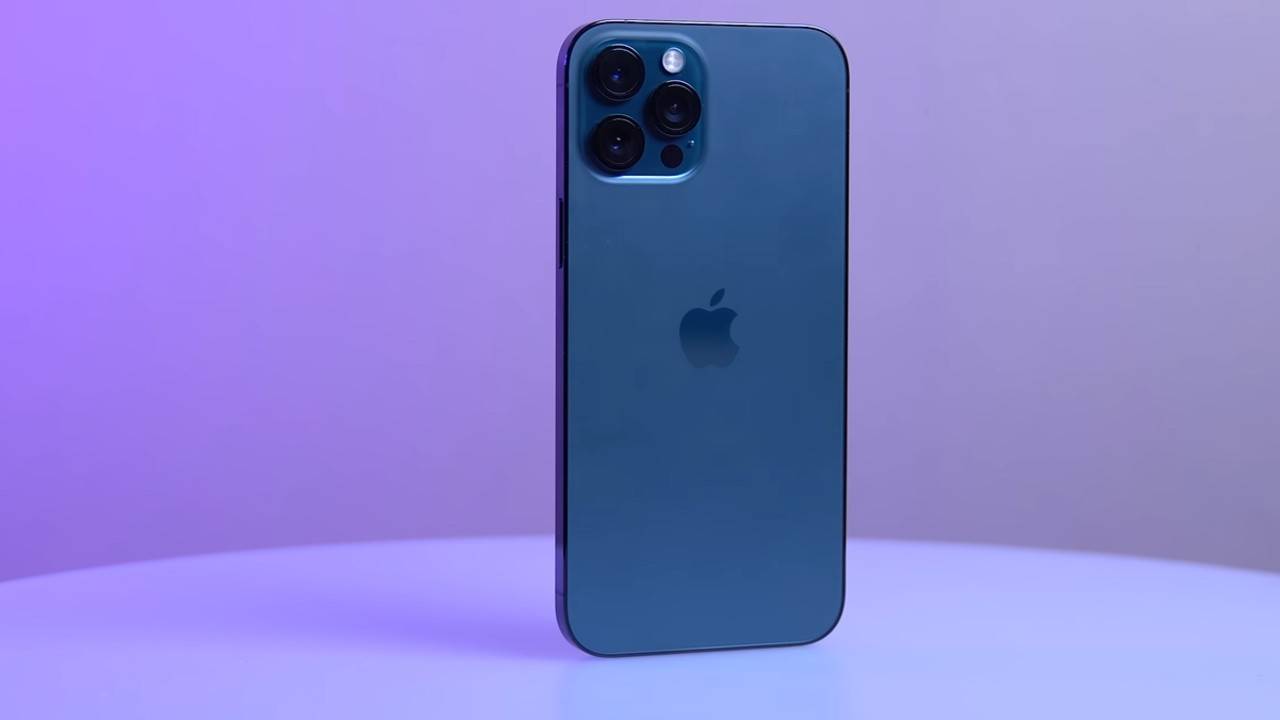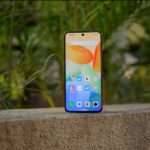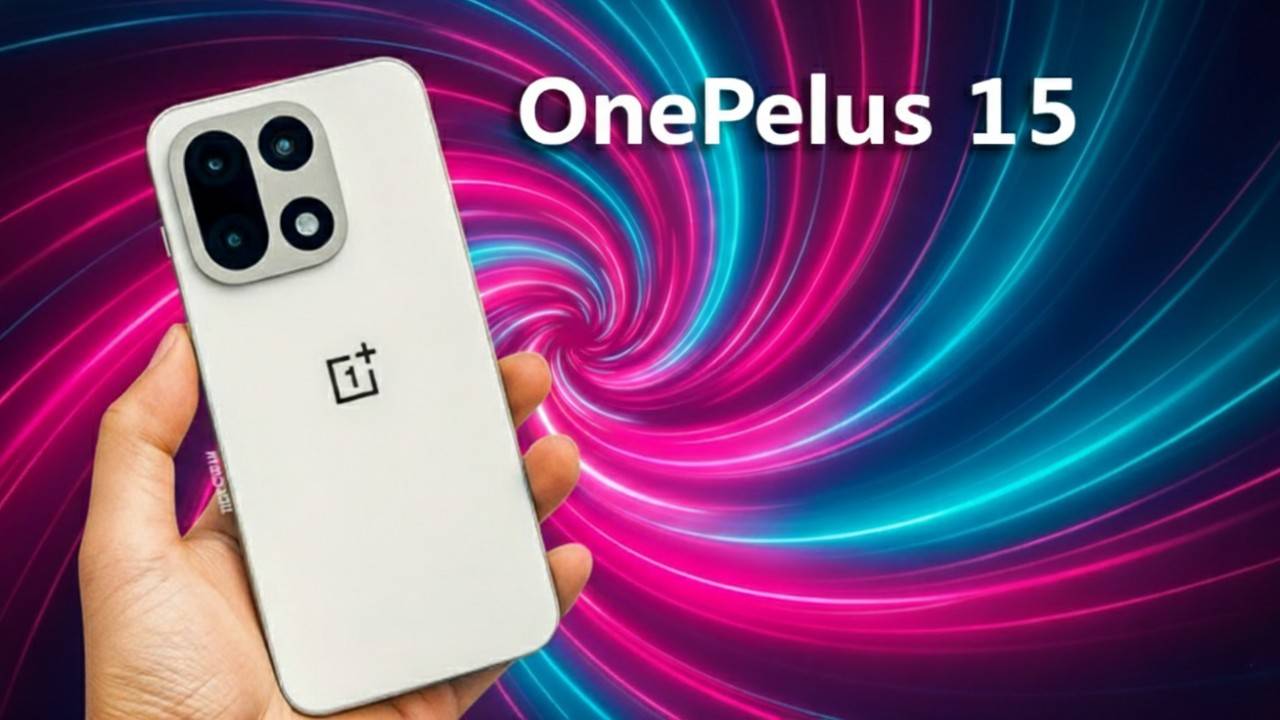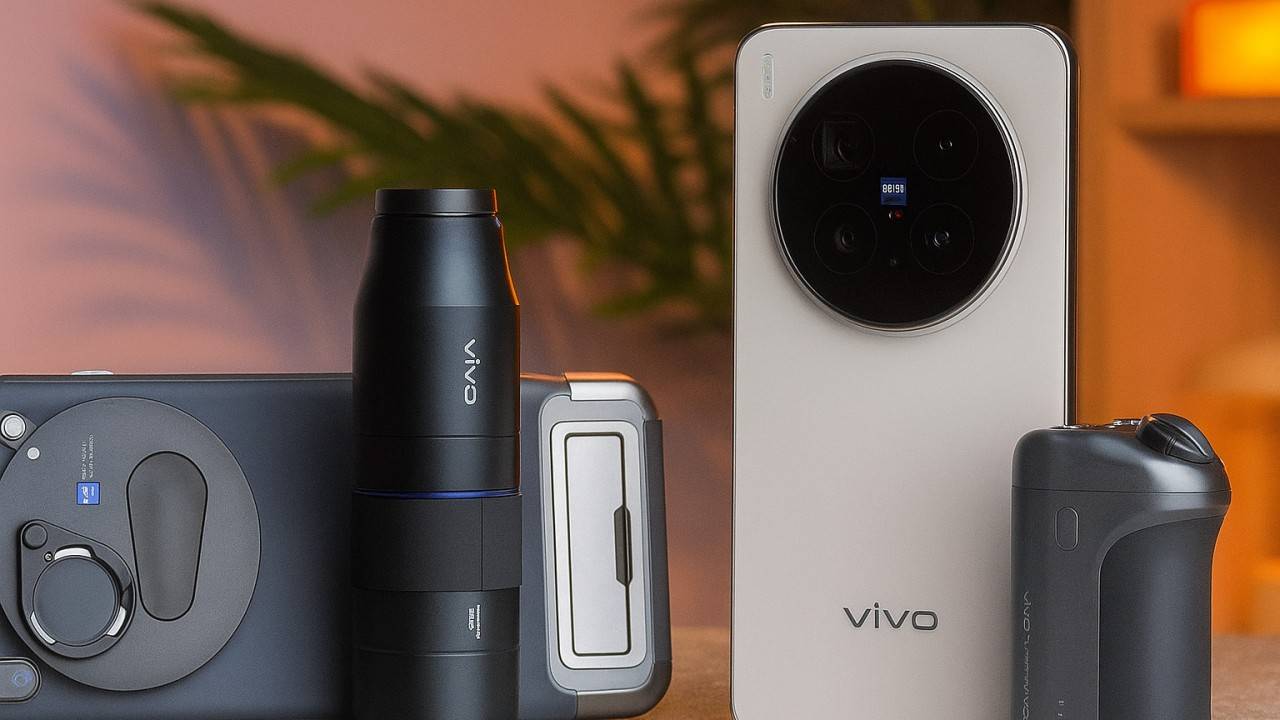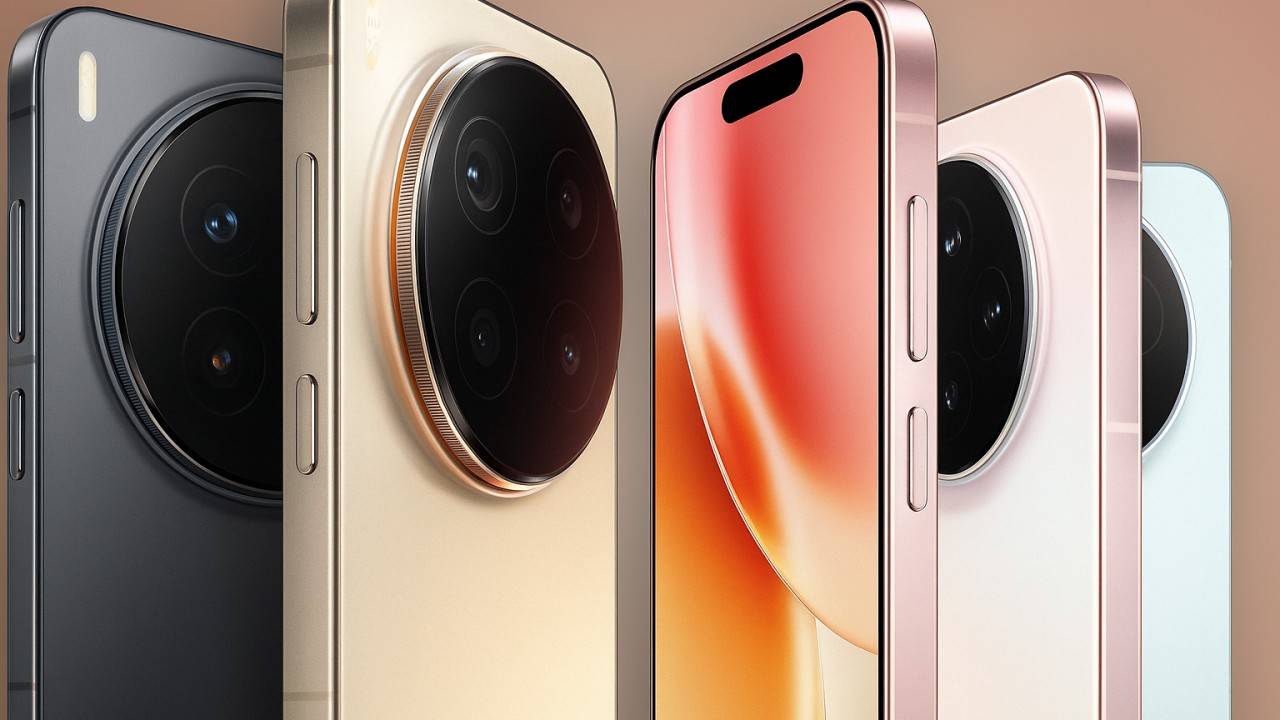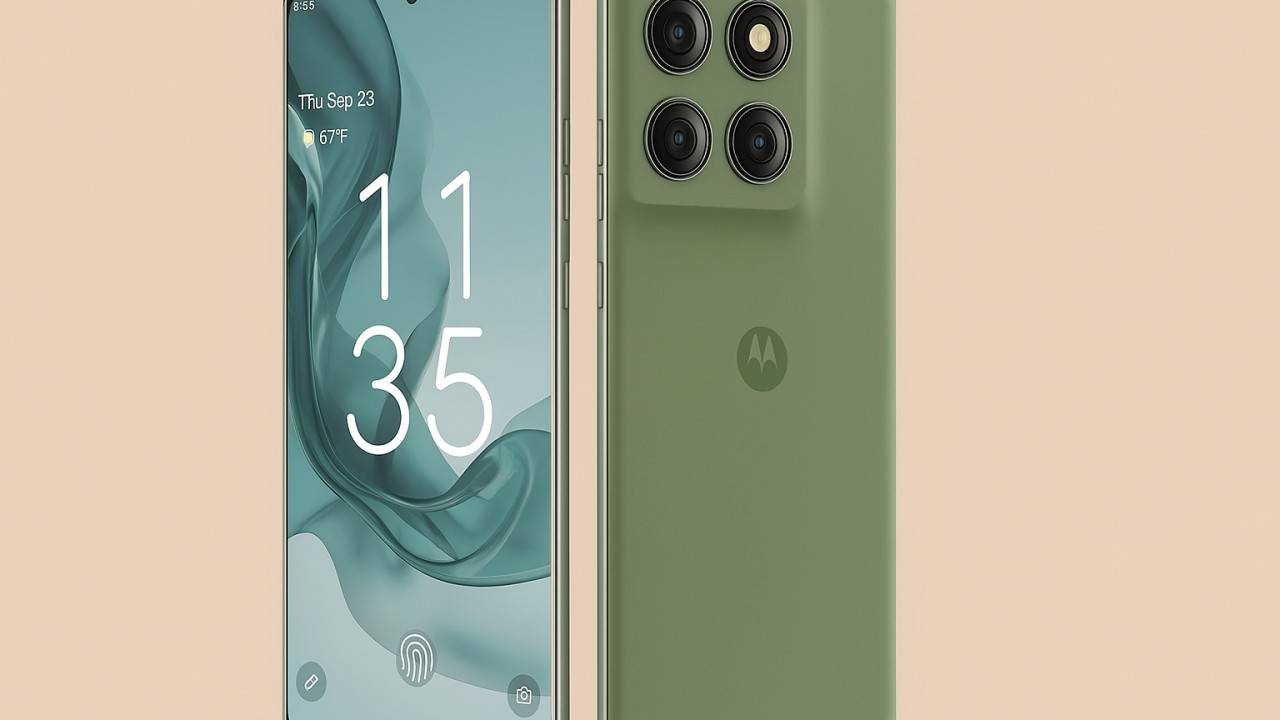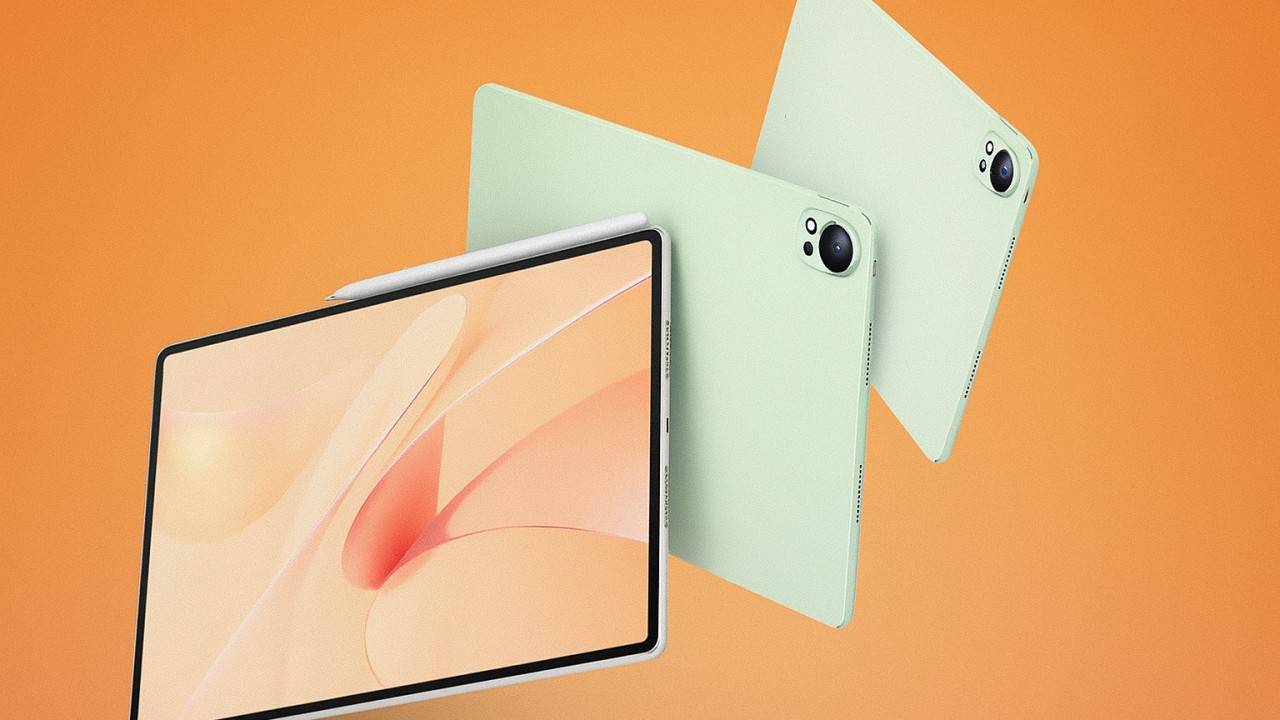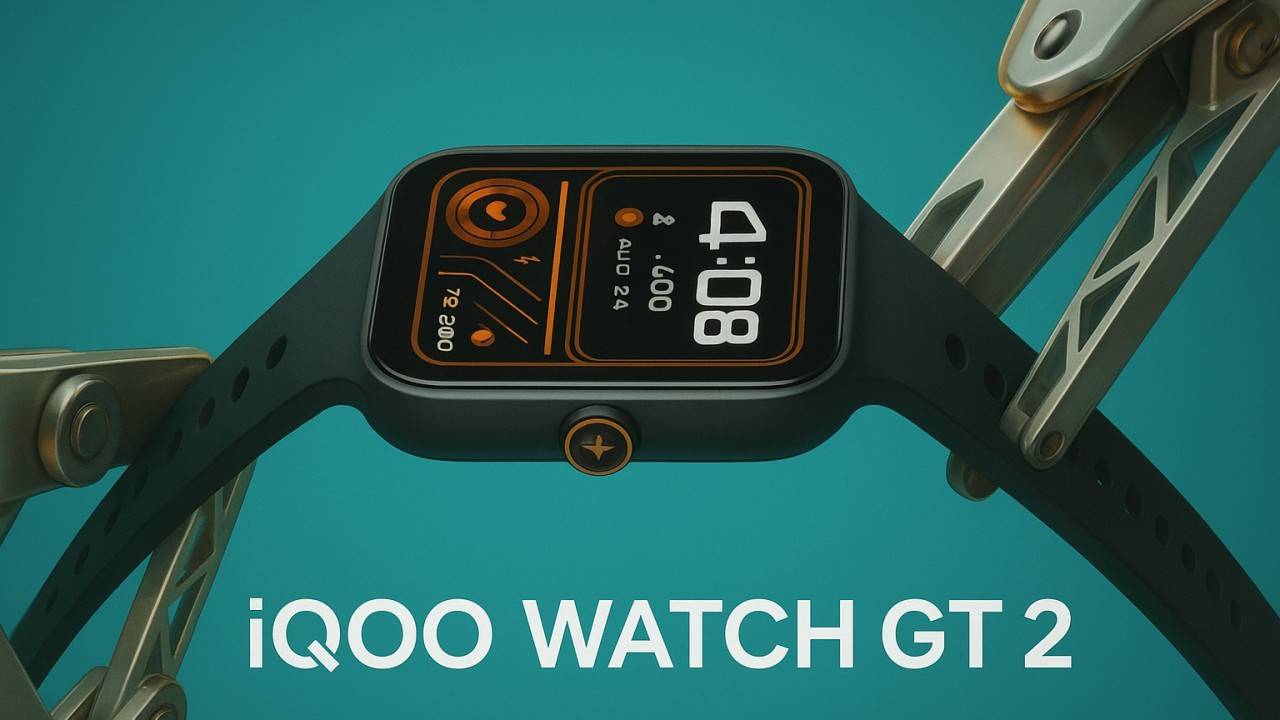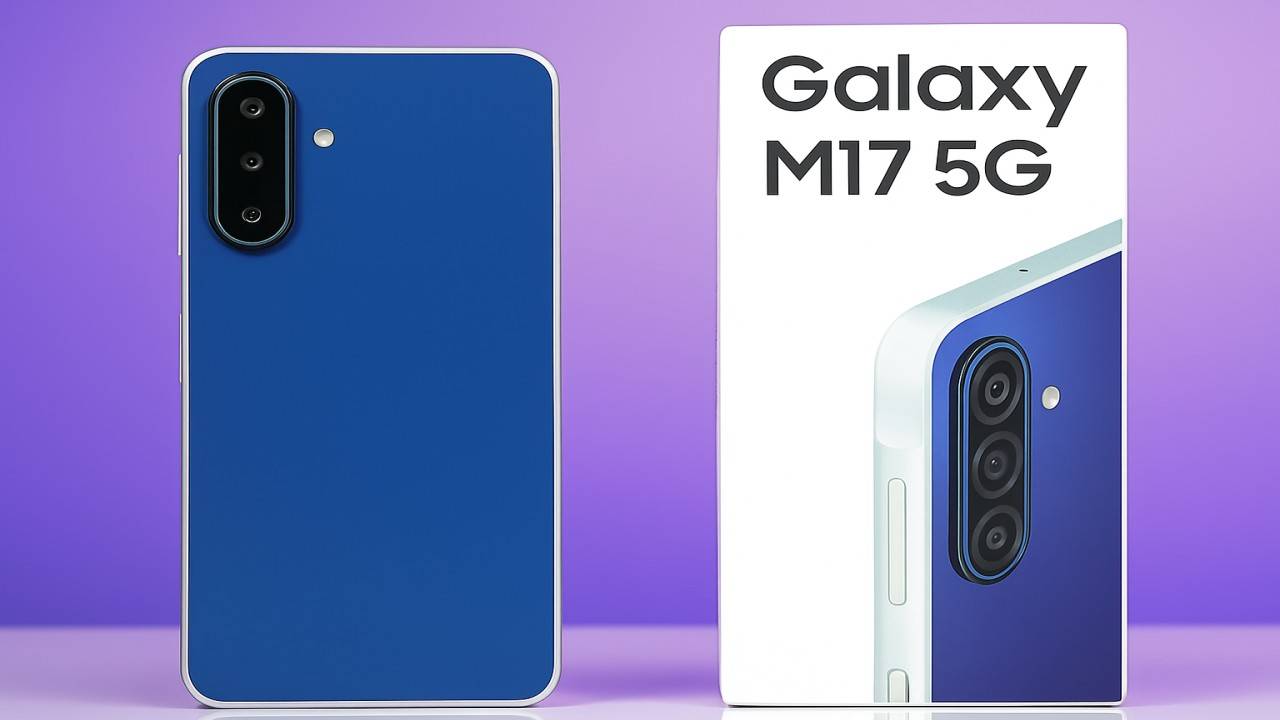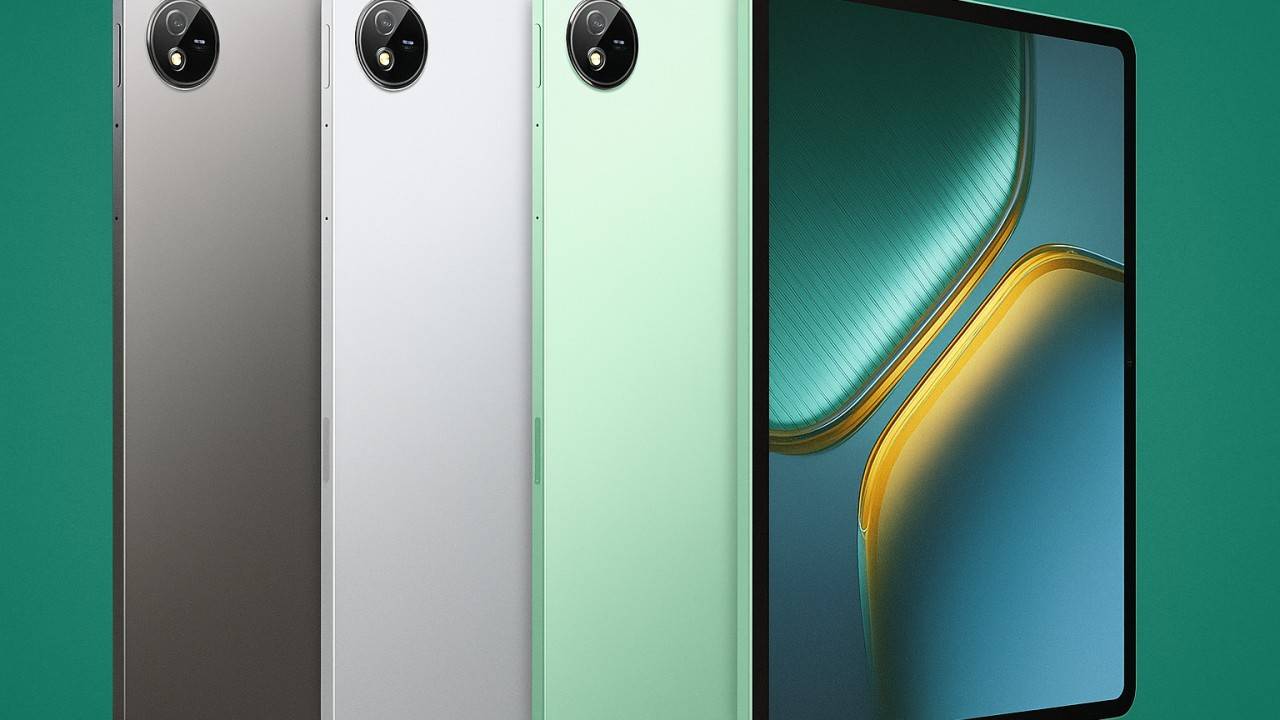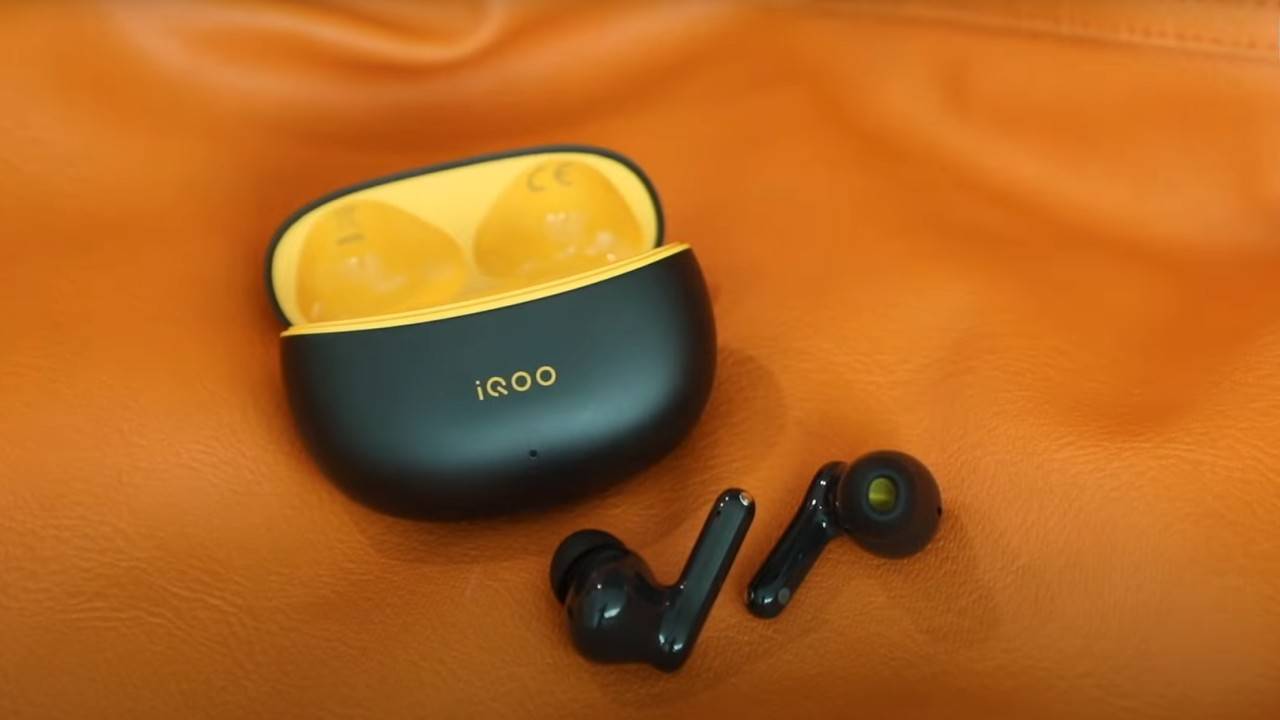When Apple dropped the iPhone 12 series in October 2020, there was one model that towered over all the others—the iPhone 12 Pro Max. As the best iPhone experience possible, it featured a gigantic screen, high-end performance, a pro-level camera system, and top-tier design. Even years down the line from its launch, the iPhone 12 Pro Max is still a widely recognized device, providing a mix of luxury and brawn that is liked by both ordinary users and professionals.
In this in-depth guide, we’ll explore every aspect of the iPhone 12 Pro Max—its design, display, performance, cameras, battery life, software, and whether it still makes sense in 2025.
Design and Build Quality
Apple completely refreshed its design language with the iPhone 12 series. Gone were the rounded edges of the iPhone 11 lineup. In their place came a flat-edged stainless-steel frame reminiscent of the iconic iPhone 4 and iPhone 5.
The iPhone 12 Pro Max was Apple’s biggest phone at the time, with a diagonal size of 6.7 inches. Big as it was, the phone itself felt trim due to its slender 7.4 mm thickness and precisely optimized weight. At 228 grams, it was not light, but the stainless steel and glass construction oozed solidity and high-quality build.
Apple released the 12 Pro Max in Graphite, Silver, Gold, and Pacific Blue, with the latter turning into a favorite among fans. The glossy finish, Ceramic Shield front glass (promising to be four times more drop-resistant), and IP68 water resistance ensured that it was a beauty-and-beast phone.
Display: Large and Gorgeous
The front of the iPhone 12 Pro Max‘s star was its Super Retina XDR screen. With a 6.7-inch size, it was Apple’s biggest screen at that point and featured an OLED panel with incredibly clear visuals.
- Resolution: 2778 x 1284 pixels (~458 ppi)
- Brightness: Up to 1200 nits (HDR content)
- Contrast Ratio: 2,000,000:1
- Support for Dolby Vision and HDR10
The payoff? Rich colors, rich blacks, and crisp details—ideal for streaming HDR films, photo editing, or gaming. Though it did not have a high refresh rate (Apple added ProMotion 120 Hz with the iPhone 13 Pro line), the fluidity and responsiveness of iOS made the experience silky.
For heavy media consumers, the 12 Pro Max provided one of the highest-quality viewings available in 2020—and remains impressively competitive today.

Performance: Powerhouse with A14 Bionic
The mainstay of the iPhone12 Pro Max was Apple’s A14 Bionic chip, a smartphone processor that was built using a 5 nm process for the first time. This provided quicker performance and improved efficiency over its predecessors.
Primary performance highlights:
- 6-core CPU (2 performance + 4 efficiency cores)
- 4-core GPU for graphics
- 16-core Neural Engine with 11 trillion operations per second
The payoff? A phone that could do demanding stuff—video editing, 3D gaming, AR apps—without missing a beat. Coupled with 6GB of RAM (an improvement on 4GB in non-Pro models), multitasking was a breeze.
Even in 2025, the A14 Bionic is incredibly capable, delivering iOS updates and current apps without issues.
While the iPhone 12 Pro Max set the standard, the iPhone 13 Pro takes it further with enhanced cameras, longer battery life, and even more power for creators.
Camera System: Pro Photography in Your Pocket
The iPhone 12 Pro Max did raise smartphone photography to another level, particularly with upgrades over the compact iPhone 12 Pro. Its three-lens back system consisted of:
- 12MP Ultra-Wide (f/2.4, 120° field of view)
- 12MP Wide (f/1.6, largest sensor in the family)
- 12MP Telephoto (f/2.2, 2.5x optical zoom)
Only on the Pro Max was there a larger main sensor with sensor-shift optical image stabilization, enabling better low-light shots and sharper images. Night Mode worked on all lenses, even the ultra-wide and front-facing 12MP TrueDepth.
Apple also brought Apple ProRAW for photographers who desired greater control over post-processing. For video, the iPhone 12 Pro Max was a monster, supporting:
- Dolby Vision HDR recording (up to fps)
- 4K recording at up to fps
- Cinematic stabilization
This made it one of the best camera phones for creators, vloggers, and pro video professionals who depended on mobile video.
Battery Life and Charging
With size came space for a 3687 mAh battery, the largest in any iPhone yet. Coupled with the A14 Bionic’s efficiency, the iPhone 12 Pro Max provided great endurance:
- Up to 20 hours of video playback
- Up to 80 hours of audio playback
Charging options were:
- 20W fast charging (approximately 50% in 30 minutes)
- 15W MagSafe wireless charging
- 7.5W Qi wireless charging
MagSafe was one of the major selling points, enabling accessories such as cases, wallets, and chargers to magnetically attach to the back. Although not revolutionary, it was an intelligent ecosystem addition that eventually grew with newer iPhones.
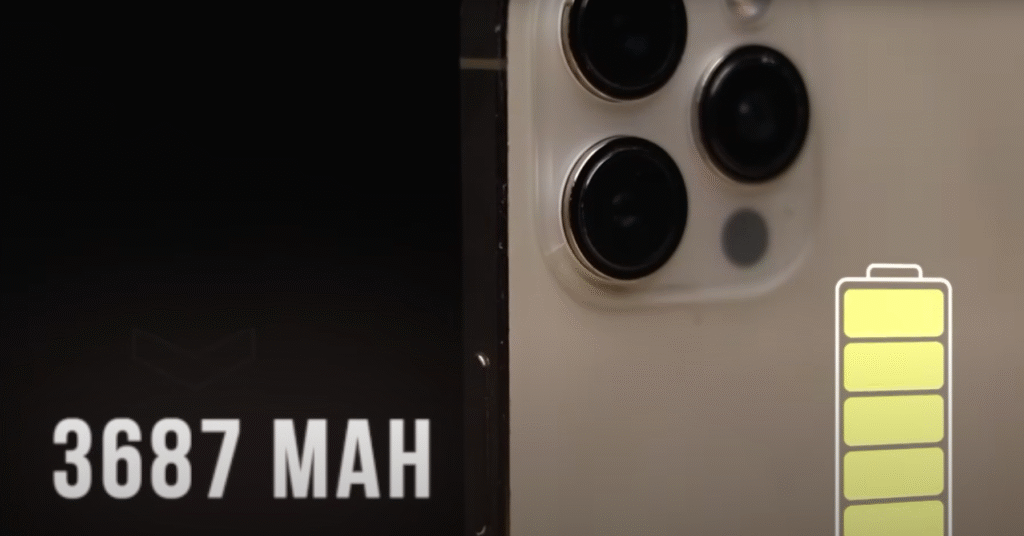
Software and iOS Experience
The iPhone 12 Pro Max had iOS 14 when it shipped, bringing widgets, App Library, and a new home screen design. It has periodically received updates over the years and in 2025 is running iOS 18 (with likely support through at least iOS 20).
Apple’s extended software support keeps this phone up-to-date for years, and Face ID, 5G connectivity, spatial audio, and AR functionality keep it from feeling outdated.
While the iPhone 12 Pro Max set the standard, the iPhone 13 Pro takes it further with enhanced cameras, longer battery life, and even more power for creators.
Connectivity and Storage Options
iPhone 12 Pro Max was Apple’s initial massive foray into the 5G world, with support for both Sub-6GHz and mmWave (in America). Although 5G was not ubiquitous at the time of release, it is now mainstream, and thus the phone is more future-proof.
Storage capacities were:
- 128GB (standard model)
- 256 GB
- 512 GB
This spread helped casual users and professionals handling 4K ProRAW files to find ample space.
Pros and Cons of iPhone 12 Pro Max
Pros:
- Astonishing 6.7-inch OLED HDR screen
- Gorgeous stainless steel and glass build
- Pro-level camera system with sensor-shift stabilization
- All-day battery life
- 5G connectivity and MagSafe ecosystem
- Long iOS update cycle
Drawbacks:
- Heavy and bulky to some users
- Lacks Hz refresh rate
- Priced high at launch
- The charger does not come in the box
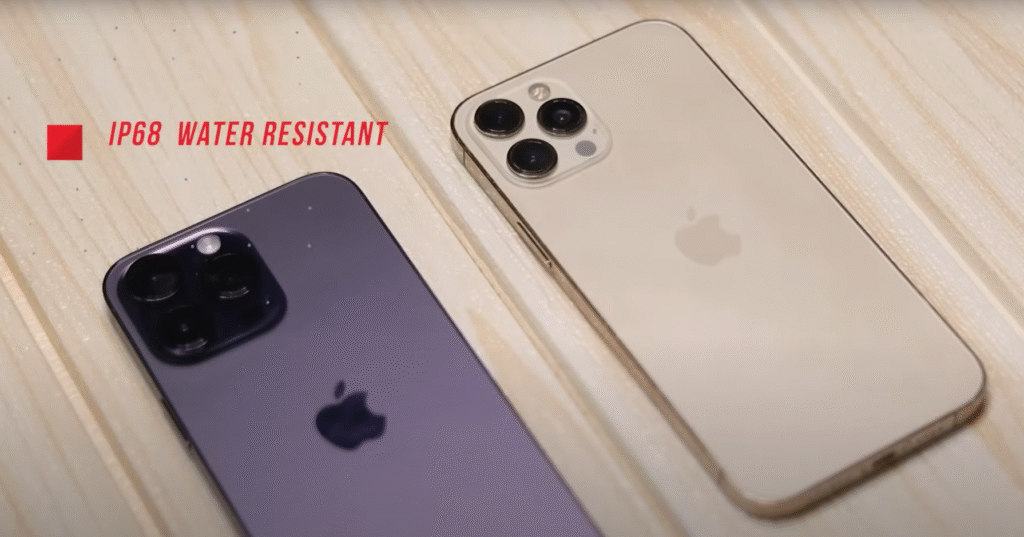
Price at Launch vs. Now
When it launched in 2020, the iPhone 12 Pro Max began at $1,099 for the entry-level 128GB model, rising to $1,399 for the 512GB version.
In 2025, prices fluctuate in the used/refurbished market. You can buy it for $350–$500, depending on storage and condition. This makes it an absolute bargain for people who need a premium iPhone experience but don’t want to pay flagship prices.
Is the iPhone 12 Pro Max Still Worth It in 2025?
The answer is yes—if you are the right user. If you desire a large screen, great cameras, consistent performance, and premium build at a lower second-hand price, the iPhone 12 Pro Max still holds up.
But then, if you desire the new features such as 120 Hz ProMotion, Always-On Display, Dynamic Island, and improved battery life, you may consider newer releases like the iPhone 14 Pro Max, 15 Pro Max, or 16 Pro Max.
But for most, the iPhone 12 Pro Max gets the right balance of performance, ruggedness, and affordability even five years post-launch.
While the iPhone 12 Pro Max set the standard, the iPhone 13 Pro takes it further with enhanced cameras, longer battery life, and even more power for creators
Final Verdict
The iPhone 12 Pro Max was Apple’s milestone device—its largest iPhone on release, full of innovative technology that continues to stand its ground in 2025. With its stunning OLED screen, pro-level camera setup, durable battery, and high-quality design, it is a mighty work, creation, and entertainment companion.
Whether you’re considering it as a budget-friendly alternative to newer iPhones or just appreciating it as one of Apple’s most iconic flagships, the iPhone 12 Pro Max continues to prove why it deserves a place in smartphone history.

